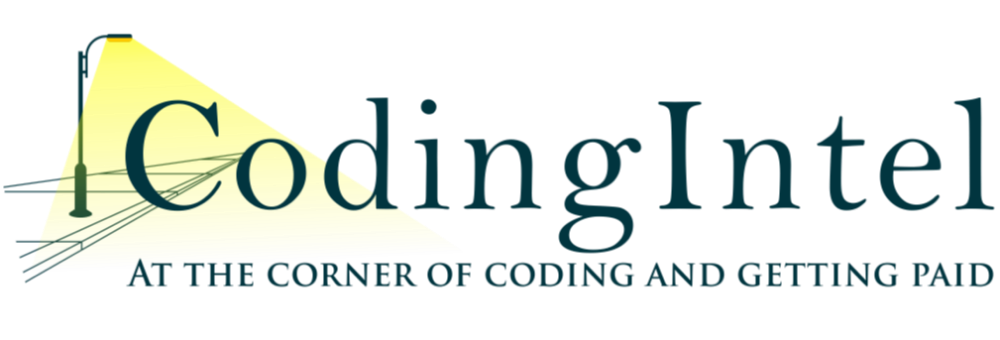- Correctly selecting and reporting skin biopsies requires an understanding of CPT® codes for skin biopsies
- There are codes for excision of benign and malignant lesions, and codes for shave procedures. Those are coded based on the size of the excision and location
- There are specific biopsy codes in other chapters, for biopsy of ears, lips, genital areas, and other areas. These are code based on size of the lesion and the location
- There are also codes for incisional biopsy, punch biopsy and tangential biopsy, not defined by location or size
Is that all clear? Read on!
Using these biopsy procedue codes (11102-11107) indicates that the procedure was:
“to obtain tissue solely for diagnostic histopathologic examination when performed independently, or was unrelated or distinct from other procedures/services provided at the that time.” [1]
These codes are not defined by location or size, but are defined by the method of obtaining the biopsy. There is no need to wait for pathology when reporting these new codes.
Our billing guide for Minor Surgical Procedures provides an in-depth look at coding guidelines for procedures with 0 to 10 global days, including biopsies.
| Code | Description |
|
11102 |
Tangential biopsy of skin (e.g., shave, scoop, saucerize, curette); single lesion |
|
+11103 |
each separate/additional lesion (List separately in addition to code for primary procedure) |
|
11104 |
Punch biopsy of skin (including simple closure, when performed); single lesion |
|
+11105 |
each separate/additional lesion (List separately in addition to code for primary procedure |
|
11106 |
Incisional biopsy of skin (e.g., wedge) (including simple closure, when performed); single lesion |
|
+11107 |
each separate/additional lesion (List separately in addition to code for primary procedure) |
Want unlimited access to CodingIntel's online library?
Including updates on CPT® and CMS coding changes for 2025
